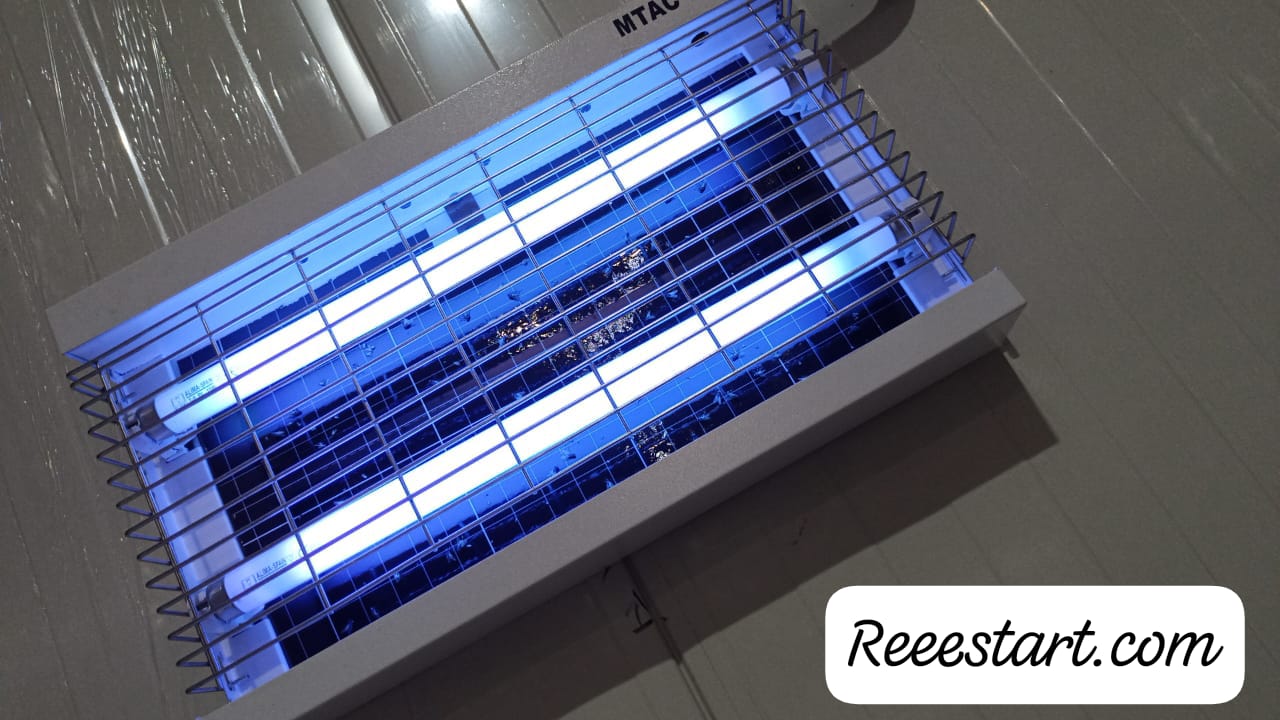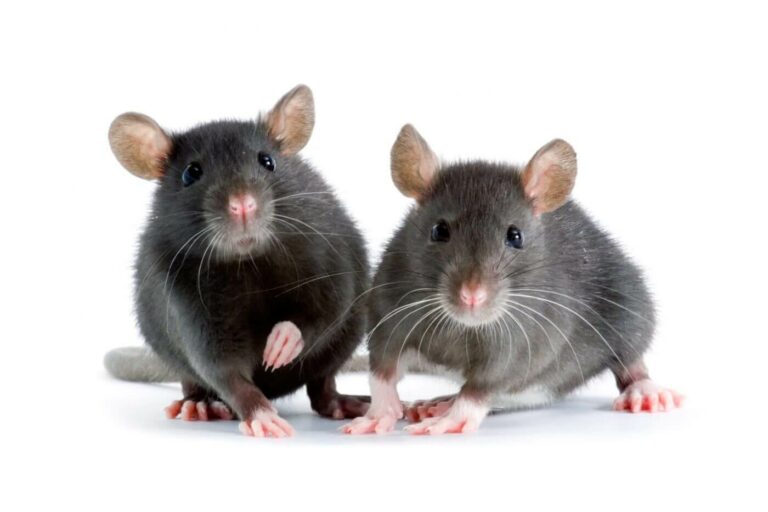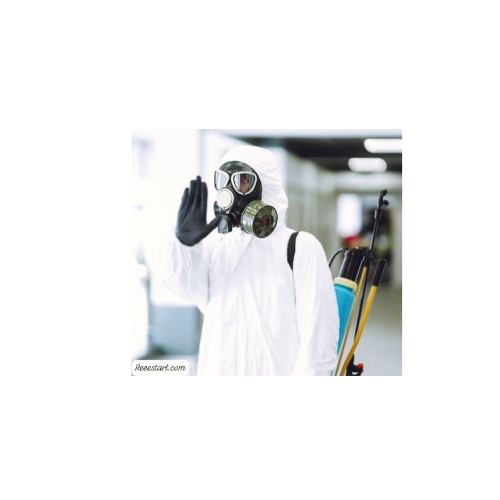In the following lines, we are going o.focus on Changing Glue Pads in Electric Fly Catchers, As Electric fly catchers, also known as electric fly zappers, are essential tools for managing fly infestations in various settings, These devices typically use ultraviolet (UV) light to attract flies, which are then captured on sticky glue pads. Understanding when and how to replace these glue pads is crucial for maintaining the effectiveness of your fly control system. This guide provides an in-depth look at the factors influencing glue pad replacement and offers practical tips for ensuring optimal performance.
Factors Influencing on Changing Glue Pads in Electric Fly Catchers Pad Replacement
- Fly Activity and Location
The frequency at which you need to change the glue pad largely depends on the level of fly activity in the area where the electric fly catcher is placed. High-traffic areas, such as kitchens, dining rooms, or commercial food processing environments, tend to attract more flies.
Consequently, these locations will require more frequent replacement of glue pads compared to areas with lower fly activity.
- Accumulation Over Time
Glue pads accumulate flies and other insects over time. As the pad fills up, its ability to effectively capture additional insects diminishes.
The speed at which this accumulation occurs depends on the density of flies and the operational hours of the fly catcher.
- Quality and Type of Glue Pad
The effectiveness of a glue pad is influenced by its quality and the design of the electric fly catcher. High-quality pads and devices are often more efficient at trapping insects, leading to potentially longer intervals between replacements.
Conversely, lower-quality pads may become ineffective more quickly.
- Maintenance and Cleanliness
Regular maintenance, including cleaning the device and replacing glue pads, ensures that the fly catcher operates efficiently. A clean environment around the device can also impact how quickly the glue pad becomes saturated.
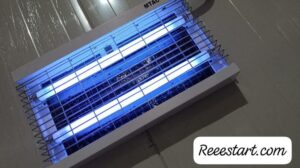
Indicators for Changing Glue Pads
- Percentage Coverage
A common guideline is to replace the glue pad when approximately 50-70% of its surface area is covered with insects. This threshold ensures that the pad remains effective and prevents flies from escaping capture.
- Saturation and Clogging
Glue pads should be replaced when they become visibly saturated or clogged. An overly full pad can lead to decreased adhesion, making it less effective at trapping additional insects. Look for signs of heavy accumulation or areas where the glue has lost its stickiness.
- Reduced Effectiveness
If you notice a decrease in the device’s effectiveness, it may be time to change the glue pad. This can be indicated by a sudden increase in the number of flies present or a reduced number of insects being captured despite continued operation of the device.
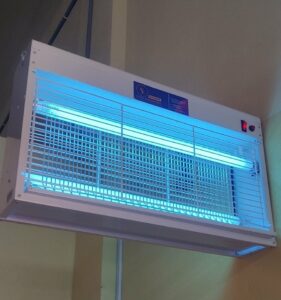
Replacement Best Practices
- Follow Manufacturer Guidelines
Always refer to the manufacturer’s instructions for specific recommendations on replacement intervals and procedures. Different models and types of electric fly catchers may have unique requirements.
- Regular Monitoring
Regularly check the condition of the glue pad, especially in high-fly activity areas. Implement a routine inspection schedule to ensure timely replacement.
- Proper Disposal
Dispose of used glue pads properly. Follow local regulations for disposal of such materials to avoid environmental contamination.
- Environmental Considerations
Consider environmental factors such as humidity and temperature, which can affect the glue’s effectiveness. In high-humidity environments, glue pads may become less effective faster, necessitating more frequent changes.
Effective pest control using electric fly catchers relies heavily on proper maintenance, including timely replacement of glue pads. By understanding the factors that influence glue pad effectiveness and following best practices for replacement, you can ensure that your fly catcher continues to perform optimally and maintains a fly-free environment. Regular monitoring and adherence to manufacturer guidelines will help you manage fly infestations efficiently and keep your space clean and comfortable.

